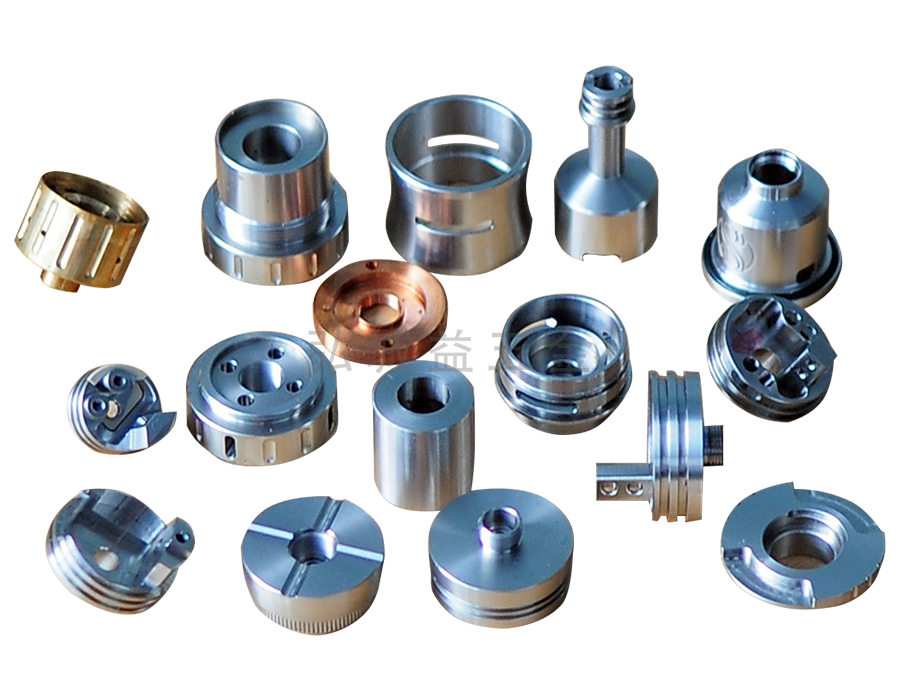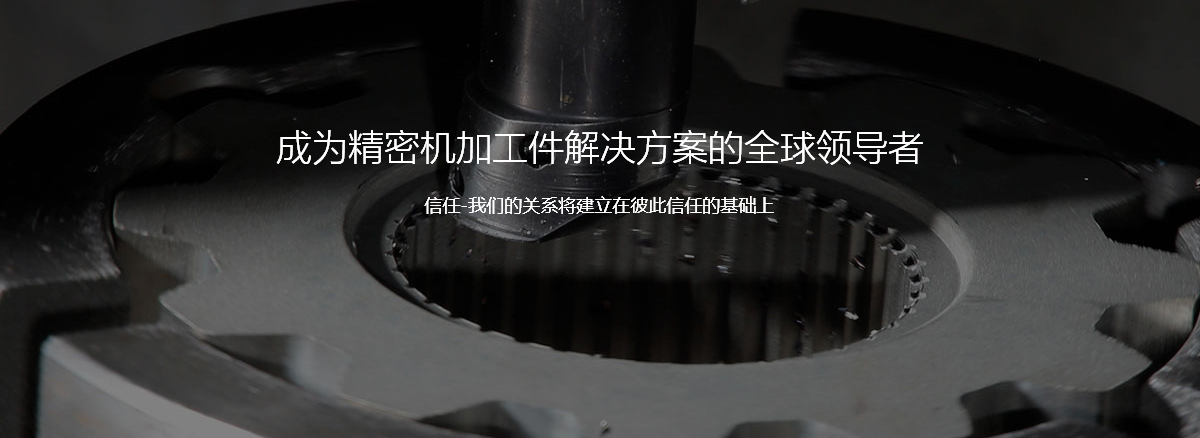Issues that should be paid attention to in aluminum alloy die-casting Aluminum alloy die-casting should pay attention to some knowledge of aluminum chemistry and physics! The dissolution of aluminum alloy elements in aluminum The dissolution of additional elements in aluminum alloy in molten aluminum is an important process of aluminum alloying. The dissolution of elements is closely related to their properties, and their dissolution is controlled by the destruction of the solid structure's binding force and the diffusion rate of atoms in the molten aluminum. The dissolution of elements in molten aluminum can be determined by the phase diagram of the element and aluminum alloy system. Generally speaking, elements that form a fusion eutectic with aluminum are easy to dissolve; elements that form a peritectic transformation with aluminum, especially elements with a large difference in melting point, are difficult to dissolve. For example, Al-Mg, Al-Zn, Al-Cu, Al-Li are eutectic alloy systems, their melting points are similar to that of aluminum, and alloying elements are easy to dissolve, so they can be directly added to molten aluminum during the smelting process. However, although there is a eutectic reaction in the Al-Si, Al-Fe, Al-be alloy system, because the melting point is quite different from that of aluminum, the dissolution is very slow, and a large degree of superheat is required to completely dissolve Zr, Al-Nb, etc. , Has a peritectic phase diagram, is an insoluble metal element and is difficult to dissolve in aluminum. In order to make it dissolve in aluminum as quickly as possible, it must be added in the form of a master alloy. Evaporation of elements In the smelting process, there is often a physical phenomenon of evaporation. The evaporation (or volatilization) of metals mainly depends on the vapor pressure. Under the same smelting conditions, elements with high vapor pressure are volatile. The additive elements in aluminum alloys can be divided into two categories: the vapor pressure of copper, chromium, iron, nickel, titanium, silicon and other elements is lower than that of aluminum, and the evaporation is slow; the vapor pressure of manganese, lithium, magnesium, zinc, sodium, cadmium and other elements Higher than aluminum, it is easier to evaporate and loses more in the melting process. The role of metal and furnace gas In the smelting process of aluminum alloy die castings, the metal is in contact with the furnace gas in a molten or semi-molten state for a long time and interacts for a long time. Factors affecting gas content (1) The influence of alloying elements and alloying elements with greater gas binding force, such as titanium, zirconium, magnesium, etc., will increase the solubility of gas in the alloy. But copper, silicon, manganese, zinc and other elements will reduce the solubility of gases in aluminum alloys. (2) At the same temperature, the solubility of gas in metal increases with the increase of hydrogen partial pressure. Therefore, the solubility of hydrogen in the aluminum melt smelted in the flame furnace is higher than that in the electric furnace. (3) The higher the temperature, the more hydrogen absorbed by the molten aluminum. In addition, the state of the oxide film on the metal surface and the melting time will also affect the solubility of the gas in the aluminum melt. The type and form of non-metallic inclusions in aluminum The non-metallic inclusions in aluminum melt are as follows. During the melt blowing process, aluminum interacts with oxygen and water gas in the furnace gas to form al2o3, MgO, sio2 and al2o3·MgO (Spinel).



